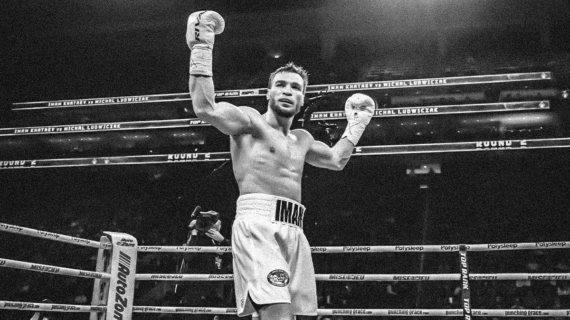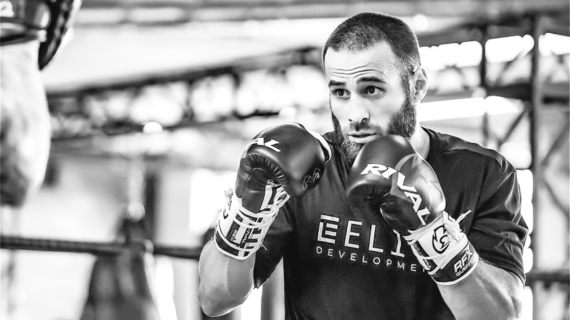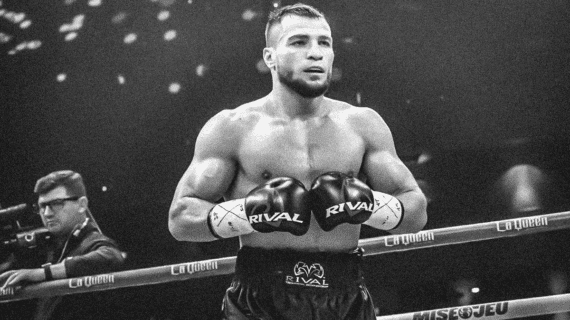Photos: WBA Boxing – “Big” George Foreman, a legend among legends…
Upon hearing of George Foreman’s passing, many memories came flooding back. And I might surprise some of you. Back in 1973, I wasn’t all that enthusiastic about the rise of the George Foreman phenomenon.
At the time, I was beginning to take a serious interest in boxers whose technical and tactical skills were exceptional. I believed it was essential to distinguish those skills from the “sport-as-spectacle” side of boxing. That’s why I saw George Foreman’s growing popularity as a threat to the development of refined, clever boxing.
Yet, a dozen years later, Big George became for me a model of resilience. In fact, as a trainer for Boxe-Québec, I often refer to the profound transformation he brought to his boxing in his second career.
IS THE BEST DEFENSE REALLY A GOOD OFFENSE?
It’s 1974. George Foreman is steamrolling through everything in his path. He’s just demolished Joe Frazier and Ken Norton—two fighters who had given Ali a hard time.
Against those two opponents, Foreman’s defensive flaws weren’t very noticeable. He had imposed himself so early in the fights that neither was able to mount an effective response.
But if you go back to the first of his two bouts against Gregorio Peralta in 1970, you’ll see just how much the young Foreman paid for his lack of defense. Peralta only needed to throw a punch to land it (that fight is on YouTube).
Foreman didn’t learn much from that encounter. He continued his KO streak as if nothing had happened—flinging punches in every direction like he was flailing in a swarm of bees.
BACK TO THE DRAWING BOARD
After his 1977 loss to Jimmy Young, Foreman hung up his gloves. It wasn’t until ten years later, at the age of 38, that he made his comeback.
Technically, Big George was no longer the same fighter. Starting with his defense, his guard was higher, and his arms formed a tighter frame—much less vulnerable to incoming punches.
Not every boxer can afford to fight with their hands low. In reality, very few have the ability to do this without compromising their defense. These boxers tend to be unpredictable, since their punches come from unusual angles that are harder to anticipate.
George Foreman didn’t have that skill. When he returned to the ring, he had realized he needed to tighten his guard and add some strategic movement to his defense. And it worked out very well for him. Still, at his core, Big George remained a warrior—but one who had now added a significant layer of quality to his offense.
RING IQ
Even though young George Foreman had a technically solid jab, the way he used it early in his career wasn’t quite right. It felt like he was throwing it mechanically, out of habit. His jab served more as a preamble, disconnected from the wild flurry of punches that usually followed.
But a decade later, Big George had given his jab a central role. For instance, he would often use it when his opponent kept their hands high as a shield. His jab would split the guard, opening a path for his right hand.
Also, by consistently using his jab, George Foreman corrected a flaw where he used to lean his head forward. In the past, he would throw most of his combinations while his weight was awkwardly positioned outside his base. His jab helped him re-establish a solid stance and gain stability.
And that’s not all! Surprisingly, Big George also began to emphasize his straight punches more. By doing so, he preserved the surprise effect of his hooks and uppercuts.
Once Foreman began to rely on ring intelligence, many aspects of his boxing improved. I won’t list them all, but I would be remiss not to highlight one in particular.
ENERGY MANAGEMENT
Young Foreman could usually stay composed for at most the first two rounds of a fight. Up to that point, his technique wasn’t too flawed. But suddenly, it was like a switch flipped—he would be overtaken by rage. Every punch was thrown with such intensity that it drained his energy rapidly.
It’s important to know that very powerful punchers generally can’t sustain 100% output for long periods. Of course, there are exceptions. But for most of them, their energy reserves run out quickly once their body’s systems can no longer replenish the output.
In his second career, Big George no longer threw every combination at full power. He understood that he didn’t need maximum tension in his punches to strike with force.
What’s more, instead of relying only on his arms, he used all of his joints to optimize impact. The more power is distributed among different joints, the more energy-efficient the punches become.
There’s so much more to say about this great boxer. But as it’s time to wrap up, let me return briefly to the resilience George Foreman demonstrated. Shouldn’t that be a source of inspiration for every young boxer?
A BENEFICIAL SHIFT IN MINDSET
As we know, young George Foreman fought with such fury that he lost track of his technique. Yet he had been trained by excellent coaches—including Archie Moore, one of the top technical minds of his era.
But thank goodness George Foreman had that kind of foundation! Without it, he might never have had such a powerful second act in his career. Mastery of technique doesn’t just happen on its own.
If there’s one lesson young boxers should take from this, it’s that they must persist in developing their technical skills, even when their instincts push them to fight recklessly.
We must think of the moment when these young boxers will reach a level of maturity that allows them to fully benefit from their technical base. And when that moment comes, it’ll be a perfect time to tip their hat to the career of George Foreman!






